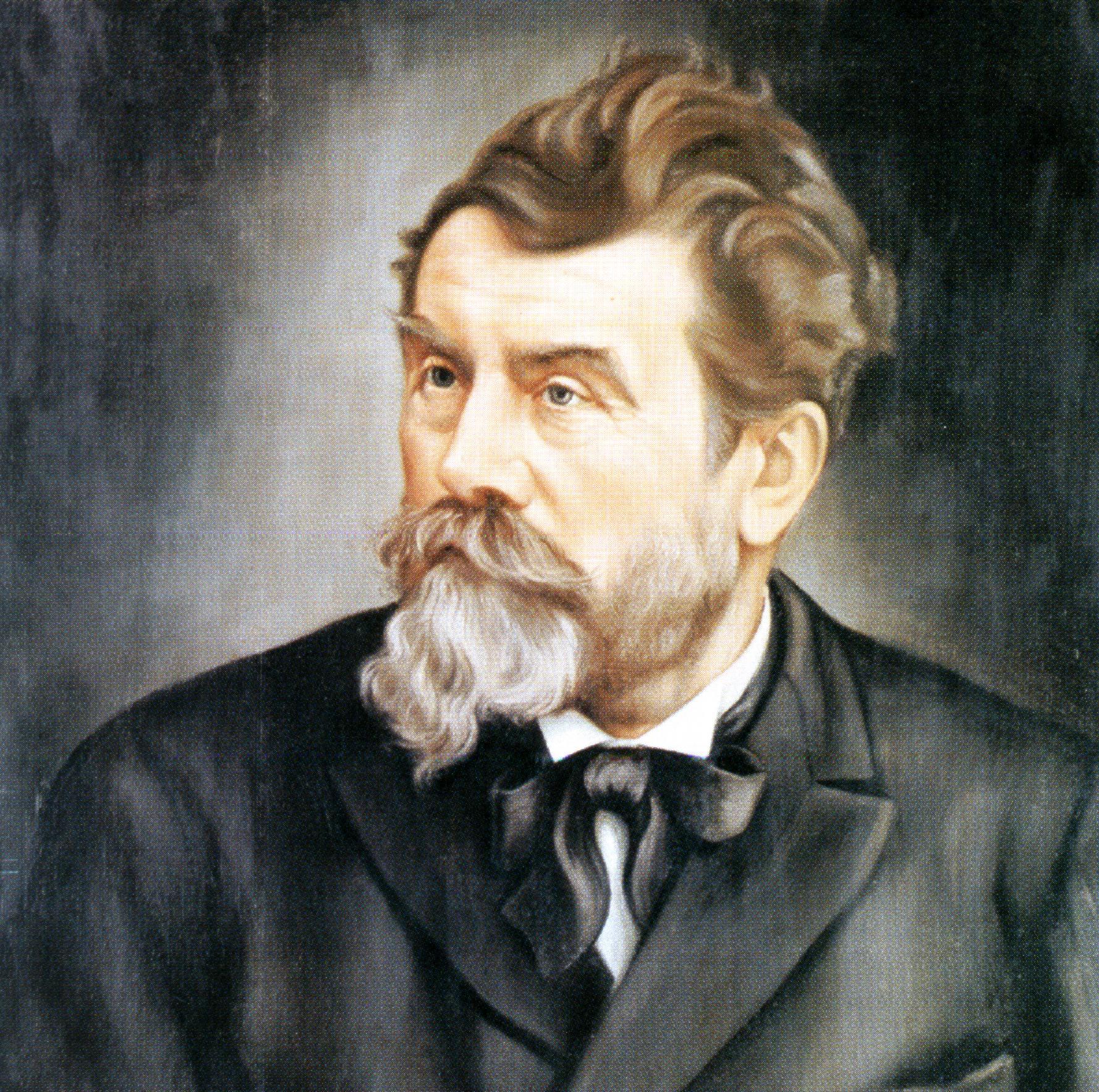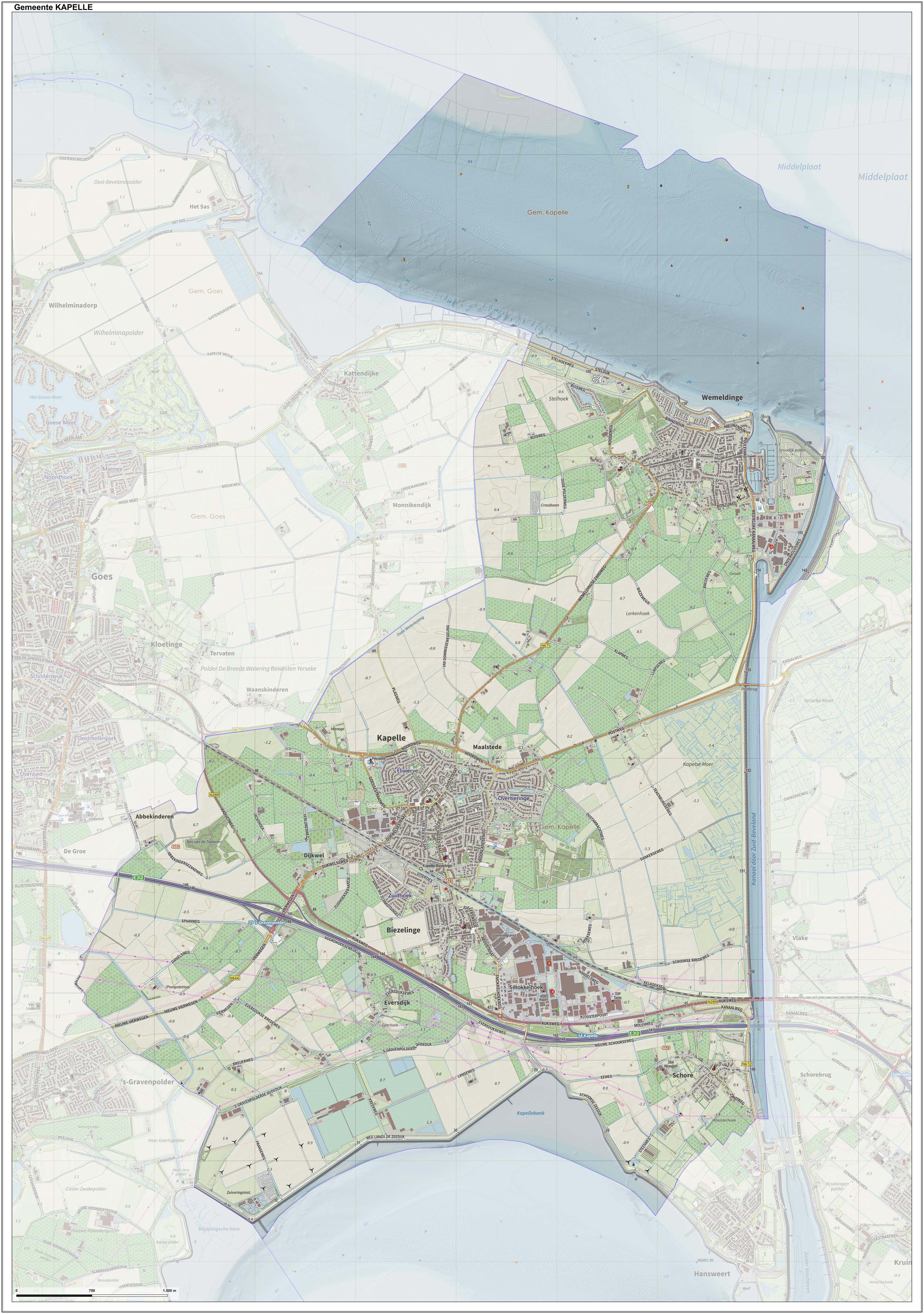|
Wolbrechtshausen
Wolbrechtshausen is a part of the municipality Nörten-Hardenberg in the district of Northeim in Lower Saxony. Geographical position Wolbrechtshausen is located on the western end of the Leine river valley between Solling and Harz. Through the village flows the river Espolde, a tributary of the Leine. Highest point of the location is the Höheberg with a height of 177,4 m over NN. Neighbouring villages are Hevensen, Lütgenrode and Parensen. History The first written reference of the village is from the year 1210 in a duplication of the 13th century and calls the location as ''Wolbreteshusen''. An older reference from the 12th century often confuses the village with the deserted site ''Wolbechteshusen'' near Gillersheim. In 1345 it is written that the house of Hardenberg owned a large manor in Wolbrechtshausen. Then in 1486 Wolbrechtshausen became a casualty of a great fire and nearly the whole village burned down. One century later in 1597 the pest raged there and so muc ... [...More Info...] [...Related Items...] OR: [Wikipedia] [Google] [Baidu] |
Nörten-Hardenberg
Nörten-Hardenberg ( Eastphalian: ''Nörten-Harenbarg'') is a municipality in the district of Northeim, in Lower Saxony, Germany. Geography It is situated on the river Leine, approx. 10 km southwest of Northeim, and 10 km north of Göttingen. The main town is located on the foothills of the Nörtener Wald but great parts of the municipality are in the Leinegraben, a lowland between the Solling and the Harz. Neighbor communities are Bovenden (south), Hardegsen (west), Moringen (northwest), Katlenburg-Lindau (east) and Northeim (north) Besides the main town itself, the following villages are component localities of Nörten-Hardenberg: History Hardenberg Castle, first mentioned in 1101, was built by the Electors of Mainz. Their Ministeriales (or Burgmann) were the lords of Rosdorf, who were expelled in 1287, followed by the lords of Thüdinghausen (near Moringen) who took on the name ''knights of Hardenberg''. (They are not to be confounded with a westphalia ... [...More Info...] [...Related Items...] OR: [Wikipedia] [Google] [Baidu] |
Wilhelm Lambrecht
Wilhelm Lambrecht (3 August 1834, Wolbrechtshausen – 17 June 1904, Göttingen) was a German builder of measuring instruments. After doing his exams Lambrecht began a five-year apprenticeship as a mechanic in Einbeck. The handling of the measuring instruments which were, despite their heaviness, less robust and built quite complicated and bulky at this time, sparked Lambrecht’s interest in instrument building and revealed his special talent during his apprenticeship. In the following five years of his journeyman's travel he worked in well-known factories in Paris and Berlin, then went back to Einbeck and went into business for himself. In 1864 he went to Göttingen, opened a factory and soon met the chemist Friedrich Wöhler and the physician L. Weber. In 1867, when he came back from the world exhibition in Paris and brought the first chromic acid cell with him, he also met the astronomer Wilhelm Klinkerfues. Klinkerfues had developed a bifilar-hygrometer which was widely used ... [...More Info...] [...Related Items...] OR: [Wikipedia] [Google] [Baidu] |
Mechanic
A mechanic is an artisan, skilled tradesperson, or technician who uses tools to build, maintain, or repair machinery, especially cars. Duties Most mechanics specialize in a particular field, such as auto body mechanics, air conditioning and refrigeration mechanics, auto mechanics, bicycle mechanics, boiler mechanics, and other areas. A mechanic is typically certified by a trade association or regional government power. Mechanics may be separated into two classes based on the type of machines they work on, heavyweight and lightweight. Heavyweight work is on larger machines or heavy equipment, such as tractors and trailers, while lightweight work is on smaller items, such as automotive engines. Automotive mechanics/automotive technicians Automotive technicians (the modern term of reference) have many trades within. Some may specialize in the electrical diagnosis, while others may specialize in the mechanical aspects. Other mechanical areas include: brakes and steering, sus ... [...More Info...] [...Related Items...] OR: [Wikipedia] [Google] [Baidu] |
Göttingen
Göttingen (, , ; nds, Chöttingen) is a college town, university city in Lower Saxony, central Germany, the Capital (political), capital of Göttingen (district), the eponymous district. The River Leine runs through it. At the end of 2019, the population was 118,911. General information The origins of Göttingen lay in a village called ''Gutingi, ''first mentioned in a document in 953 AD. The city was founded northwest of this village, between 1150 and 1200 AD, and adopted its name. In Middle Ages, medieval times the city was a member of the Hanseatic League and hence a wealthy town. Today, Göttingen is famous for its old university (''Georgia Augusta'', or University of Göttingen, "Georg-August-Universität"), which was founded in 1734 (first classes in 1737) and became the most visited university of Europe. In 1837, seven professors protested against the absolute sovereignty of the House of Hanover, kings of Kingdom of Hanover, Hanover; they lost their positions, but be ... [...More Info...] [...Related Items...] OR: [Wikipedia] [Google] [Baidu] |
Kapelle Wolbrechtshausen
Kapelle () is a municipality and a town in the southwestern Netherlands on Zuid-Beveland. As of January 2017, the municipality's population amounts to 12,620. Population centers Topography ''The municipality of Kapelle, June 2015'' Transport * Kapelle-Biezelinge railway station Famous people * Annie M.G. Schmidt (1911 in Kapelle – 1995) a Dutch writer, the mother of the Dutch theatrical song * Jan Elburg (born 1919 in Wemeldinge – 1992) a Dutch poet * Jan Peter Balkenende (born 1956 Biezelinge) a retired politician, Prime Minister of the Netherlands from 2002 to 2010 * Jan Kees de Jager (born 1969 in Kapelle) a retired Dutch politician, former Dutch finance minister Sport * François Marits (1884 in Kapelle – 1945) a Dutch sports shooter, competed at the 1924 Summer Olympics * Jo de Roo (born 1937 in Schore) a Dutch former professional road racing cyclist * John Karelse (born 1970 in Wemeldinge) a retired Dutch football goalkeeper with 421 club caps * Aron Schr ... [...More Info...] [...Related Items...] OR: [Wikipedia] [Google] [Baidu] |
Linen Weaver
Linen () is a textile made from the fibers of the flax plant. Linen is very strong, absorbent, and dries faster than cotton. Because of these properties, linen is comfortable to wear in hot weather and is valued for use in garments. It also has other distinctive characteristics, notably its tendency to wrinkle. Linen textiles appear to be some of the oldest in the world; their history goes back many thousands of years. Dyed flax fibers found in a cave in Southeastern Europe (present-day Georgia) suggest the use of woven linen fabrics from wild flax may date back over 30,000 years. Linen was used in ancient civilizations including Mesopotamia and ancient Egypt, and linen is mentioned in the Bible. In the 18th century and beyond, the linen industry was important in the economies of several countries in Europe as well as the American colonies. Textiles in a linen weave texture, even when made of cotton, hemp, or other non-flax fibers, are also loosely referred to as "linen". ... [...More Info...] [...Related Items...] OR: [Wikipedia] [Google] [Baidu] |
Hardenberg (surname)
Hardenberg and von Hardenberg are German surnames, originally given to people from various places called Hardenberg. Noble family Some of these belong to the German noble family of the Princes, Counts and Barons von Hardenberg or their Danish branch (see the German Wikipedia article Hardenberg family) with their ancestral seat at Nörten-Hardenberg since 1287 to this day. Notable people with these surnames include: * Albert Hardenberg (c. 1510–1574), Reformed theologian, born near Hardenberg, Overijssel * Anne Hardenberg (died 1588), Danish noblewoman * Astrid Gräfin von Hardenberg (1925–2015), daughter of Carl-Hans Graf von Hardenberg * Carl-Hans Graf von Hardenberg (1891–1958), German politician * Georg Philipp Friedrich Freiherr von Hardenberg (1772–1801), German poet known as Novalis * Henriette Hardenberg (1894–1993), German Expressionist poet * Prince Karl August von Hardenberg (1750–1822), Prussian statesman * Mette Hardenberg (1569–1629), Danish n ... [...More Info...] [...Related Items...] OR: [Wikipedia] [Google] [Baidu] |
Gillersheim
Gillersheim is a village with approximately 1,000 inhabitants in southern Lower Saxony. Gillersheim belongs to the Gemeinde (Germany), Gemeinde (municipality) of Katlenburg-Lindau and to the Landkreis (district) of Northeim (district), Northeim. The village celebrated 900 years of existence in 2005 and is known for its numerous social activities. The inhabitants are called “Kuckucks”. References External links GillersheimGillersheim.com {{Authority control Villages in Lower Saxony ... [...More Info...] [...Related Items...] OR: [Wikipedia] [Google] [Baidu] |
Northeim (district)
Northeim is a district in Lower Saxony, Germany. It is bounded by (from the northwest and clockwise) the districts of Holzminden, Hildesheim, Goslar and Göttingen, and the state of Hesse (district of Kassel). History In medieval times the area had been part of the Duchy of Brunswick-Lüneburg. Later the majority of it belonged to Hanover and then Prussia. In 1885 the Prussian government created districts in the newly acquired provinces. In 1884 the districts of Einbeck, Northeim, and Uslar were established. Northeim and Uslar were merged in 1932, and they were again merged with Einbeck in 1974. The district's area was further enlarged in 1977, when some municipalities of neighbouring districts (Gandersheim and Osterode am Harz) joined the Northeim district. Geography The district is located in the Weserbergland mountains. The Weser forms the western border of the district. Another river, the Leine, runs through the district from south to north. It is joined by the River Rhume ... [...More Info...] [...Related Items...] OR: [Wikipedia] [Google] [Baidu] |




